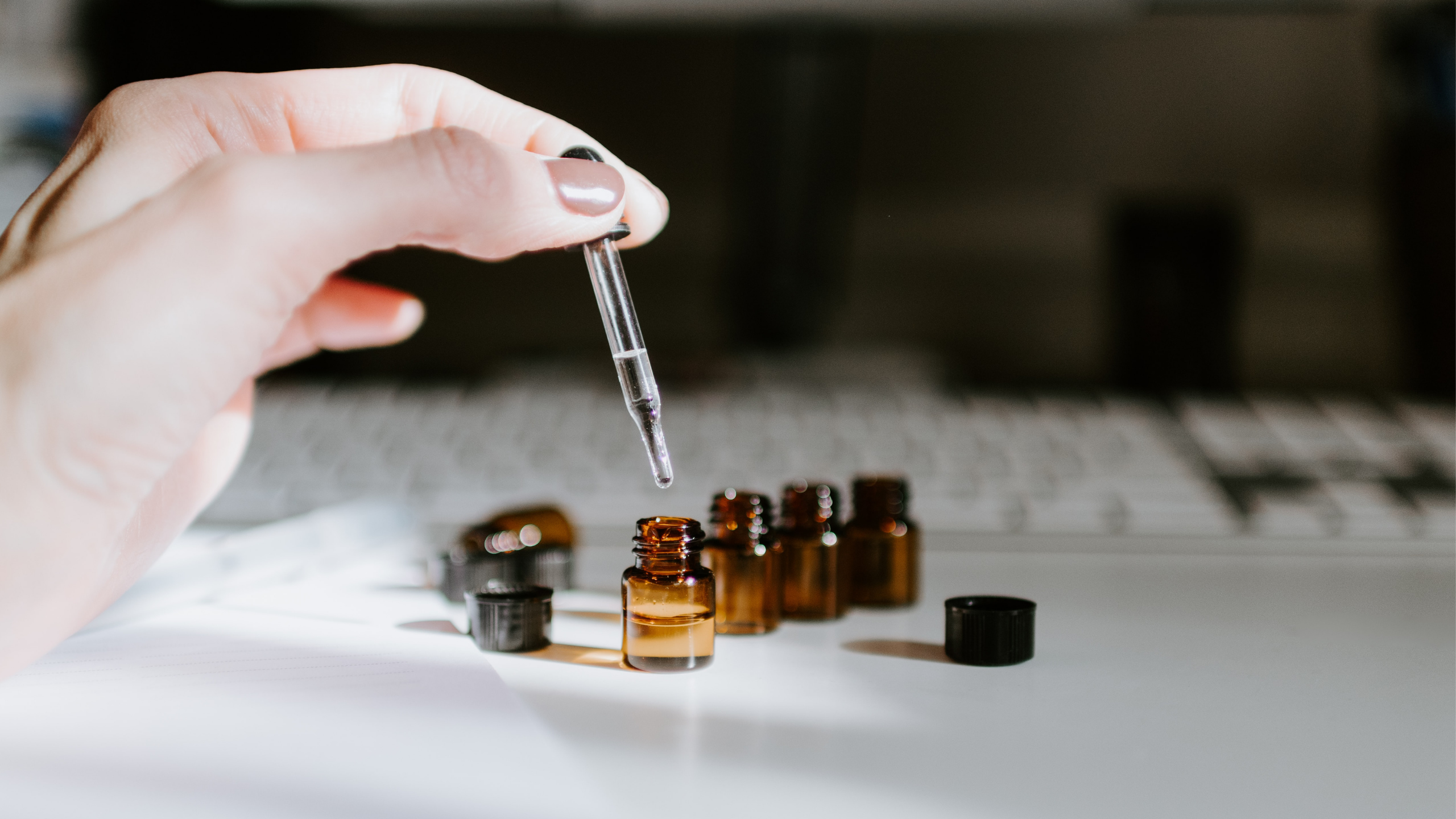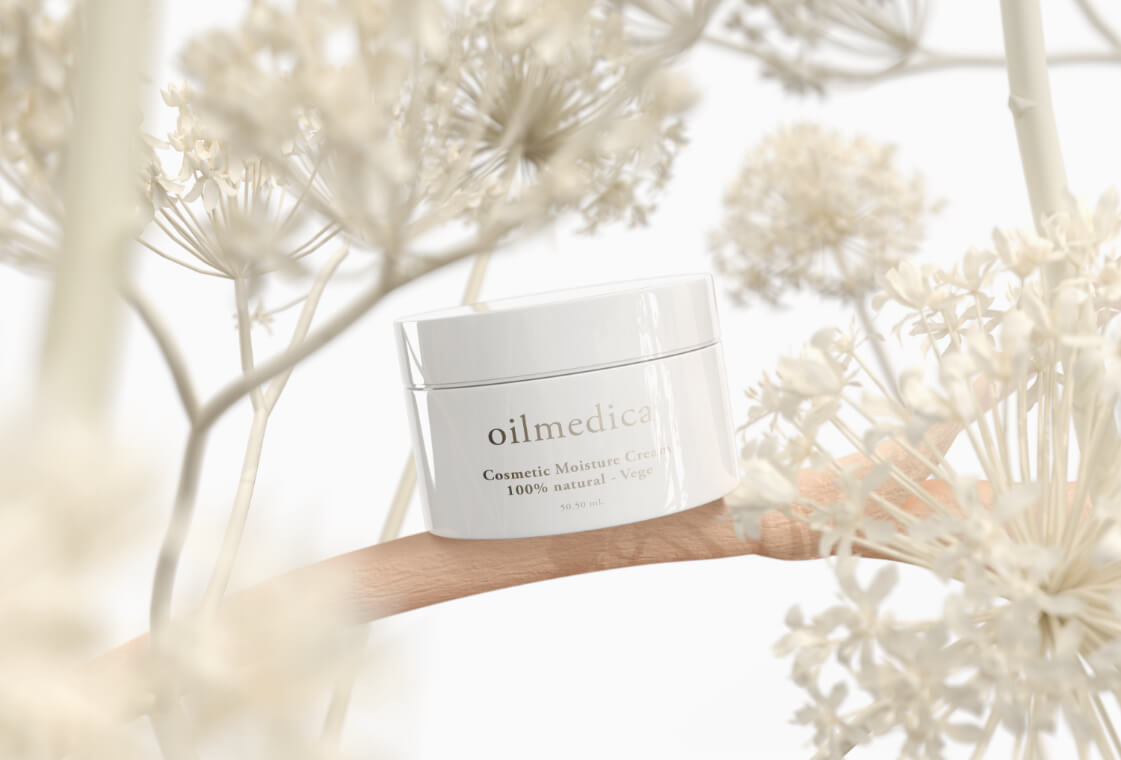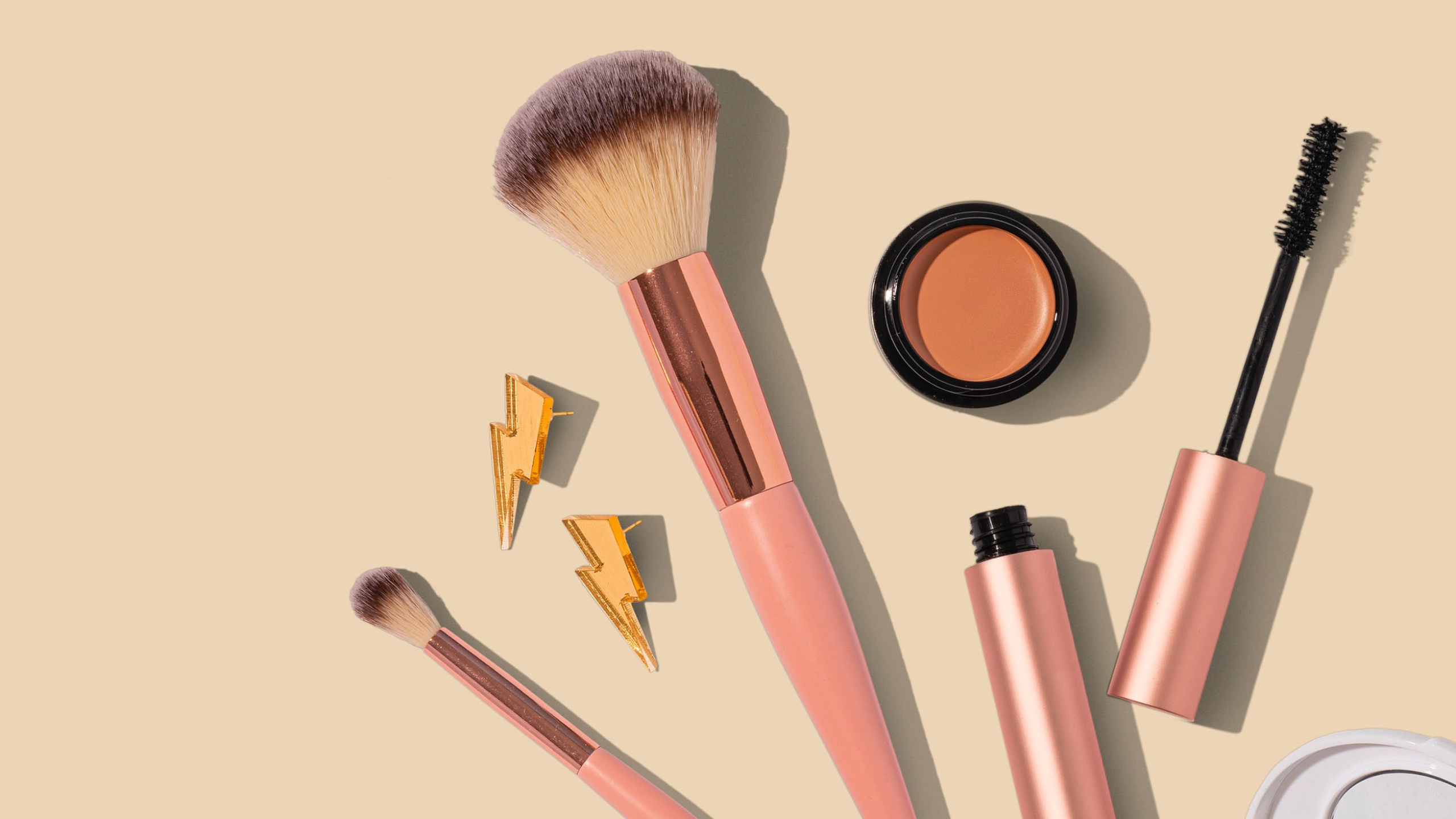For several years now, mineral oils have had a bad reputation. Mainly because these raw materials are derived from petroleum and are not natural. Is this enough to really be afraid of them? What should you know about mineral oils?
Petroleum? What’s that all about?
You’ll find many different names of mineral oils out there. The most popular ones are: petroleum jelly (Petrolatum), paraffin (Paraffinum Liquidum), and ceresin (Ceresin). They’re produced by distillation from a specific fraction of petroleum. Although petroleum is extracted from natural resources, the final product is synthetic due to its multi-stage purification. Mineral oils are characterized by very high purity and stability, which is required by the laws that determine which substances can’t be present in the final product even in the form of impurities. This translates into great safety of the raw material, which very often achieves pharmaceutical quality.
Mineral oils are some of the oldest raw materials used in various sectors of industry. In pharmacy and medicine, paraffin has even been administered orally for digestive problems. But most often they’re used in skin products – creams, oils, and ointments. Petroleum jelly is the most popular ointment base for medicines and medical devices. For many years, mineral oils have been used in cosmetics and medicines, which makes them some of the best tested raw materials – they offer a very high level of safety and are recommended for the care of dysfunctional, sensitive, and children’s skin.
Mineral oils in cosmetics – yes or no?
Mineral oils are raw materials that belong to a group called emollients. Their distinguishing feature is that they’re raw materials that have unique transepidermal water loss inhibiting properties no other emollient has. Due to the fact that they have a different structure, they don’t match the epidermis and have only a superficial effect, thanks to which they form extremely effective and long-lasting occlusions on the skin helping it to restore its natural functions. Paraffins have excellent lubricating properties, resulting in an increased indirect moisturizing effect, and if you add some humectants to them (moisturizing compounds that are water-soluble) they can have a great influence on the overall hydration of the epidermis. What’s more, they’re completely neutral for the skin and the chance that they’ll cause an allergic reaction is minimal.
The only contraindication is the use of mineral oils in products for the care of acne-prone, oily, or seborrheic skin, especially when it has inflammations. When it comes to those kinds of skin, such a strong occlusion is not advisable and you should pick slightly lighter emollients. In those cases mineral oils may be comedogenic and acnegenic (causing inflammations and blackheads). Also, preparations containing paraffin may look shiny on the skin, making it seem more oily.
Mineral oils are wonderful raw materials when you want to maximize the safety of your cosmetic and minimize the risk of allergies to the given product. As with silicones, you need to be aware of why paraffins are added to the cosmetic and whether or not they’re in there for a good reason.






